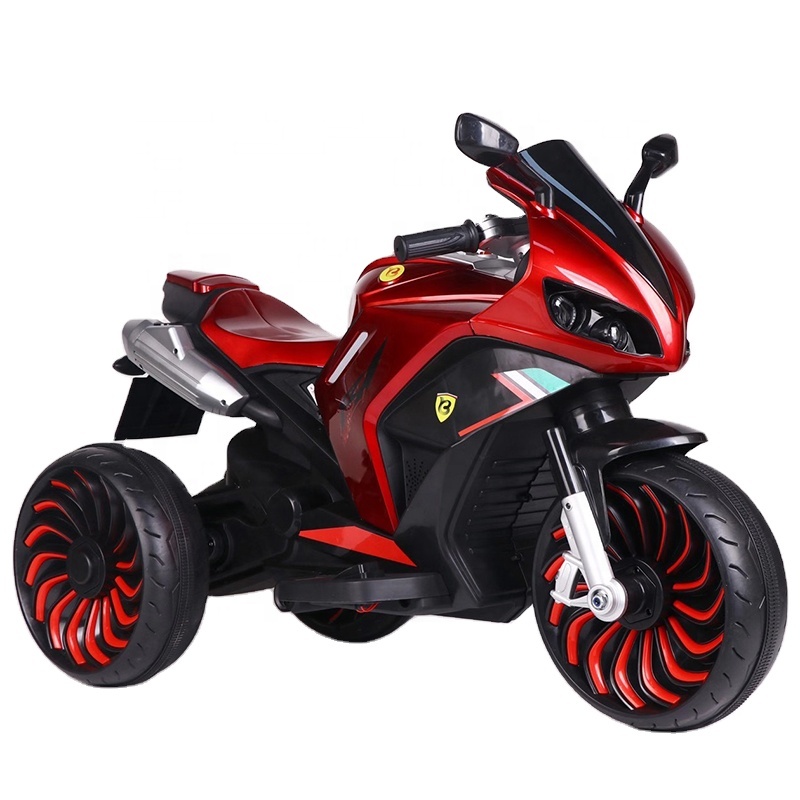Safe Toddler Walkers for Encouraging Early Walking Skills and Stability
Choosing Safe Toddler Walkers A Guide for Parents
As your toddler begins to take their first steps, the excitement is palpable. The journey to walking is a significant milestone in a child's development, and many parents turn to toddler walkers to help support this process. However, safety should always be a top priority when selecting the right walker for your little one. In this article, we will discuss the essential features and considerations for choosing safe toddler walkers, ensuring your child's walking experience is both enjoyable and secure.
Understanding Toddler Walkers
Toddler walkers are designed to assist infants who are learning to walk. They provide stability, allowing toddlers to push or pull themselves along as they gain confidence in their mobility. While this may seem like a beneficial tool, it is crucial to understand that not all walkers are created equal, and some may pose safety risks.
Types of Toddler Walkers
There are two primary types of toddler walkers seated walkers and push walkers. Seated walkers typically have a seat where the child can sit, surrounded by a frame with wheels. Push walkers, on the other hand, are designed for toddlers to hold onto a handle and push along the floor. While push walkers are generally considered safer, parents should still look for specific features that enhance safety.
Safety Features to Look For
1. Sturdy Construction A safe toddler walker should be built from high-quality materials that can withstand the weight and movements of an active child. Look for walkers with a solid base to prevent tipping.
2. Non-Tip Design Walkers should have a wide base to reduce the likelihood of tipping over. Avoid models with a narrow base or excessive height, as these can be unstable.
odm toddler walkers safe

3. Adjustable Height As your toddler grows, an adjustable height feature will allow you to modify the walker to suit their size, promoting safe usage as they develop new skills.
4. Braking Mechanism Some higher-end models have brakes that prevent the walker from rolling down inclines or uneven surfaces. This feature can be invaluable for safety.
5. Soft Wheels Choose walkers with soft wheels that provide traction and prevent slipping, reducing the risk of falls on different surfaces.
6. Safety Certifications Always check for safety certifications from recognized organizations, such as the American Society for Testing and Materials (ASTM) or the Juvenile Products Manufacturers Association (JPMA). These certifications indicate that the walker meets safety standards.
Additional Considerations
While choosing a safe walker is crucial, supervision remains paramount. Always keep an eye on your child while they are using the walker, as it can provide them the freedom to explore but also present hazards in unfamiliar environments. Additionally, ensure that the walking area is free from obstacles, sharp objects, or anything that could cause injury.
Parents should also be aware of developmental milestones. Walkers do not replace the natural process of walking; they should be used as a tool to supplement rather than a crutch. Encourage your child to walk independently, as this is the ultimate goal of using a walker.
Conclusion
In conclusion, toddler walkers can be an excellent aid in your child's journey to walking, but safety must always come first. By choosing a walker with sturdy construction, a non-tip design, adjustable height, and additional safety features, you provide a secure environment for your little one to explore their newfound mobility. With parental supervision and an understanding of your child's developmental needs, a toddler walker can be a safe and enjoyable part of this exciting stage. Happy walking!
-
Best Infant Strollers 2021: Top Choices for Safety & ComfortNewsAug.11,2025
-
Best Infant Strollers 2021: Top Rated & Luxury OptionsNewsAug.11,2025
-
Luxury Infant Strollers: Modern, Premium & Top-RatedNewsAug.10,2025
-
Kids' Powered Ride-On ATVs Manufacturer | Quality & SafeNewsAug.09,2025
-
Best Infant Strollers 2021: Top Rated, Safe & ComfortableNewsAug.08,2025
-
Baby Strollers Factories: Top Manufacturers & Wholesale SuppliersNewsAug.07,2025
